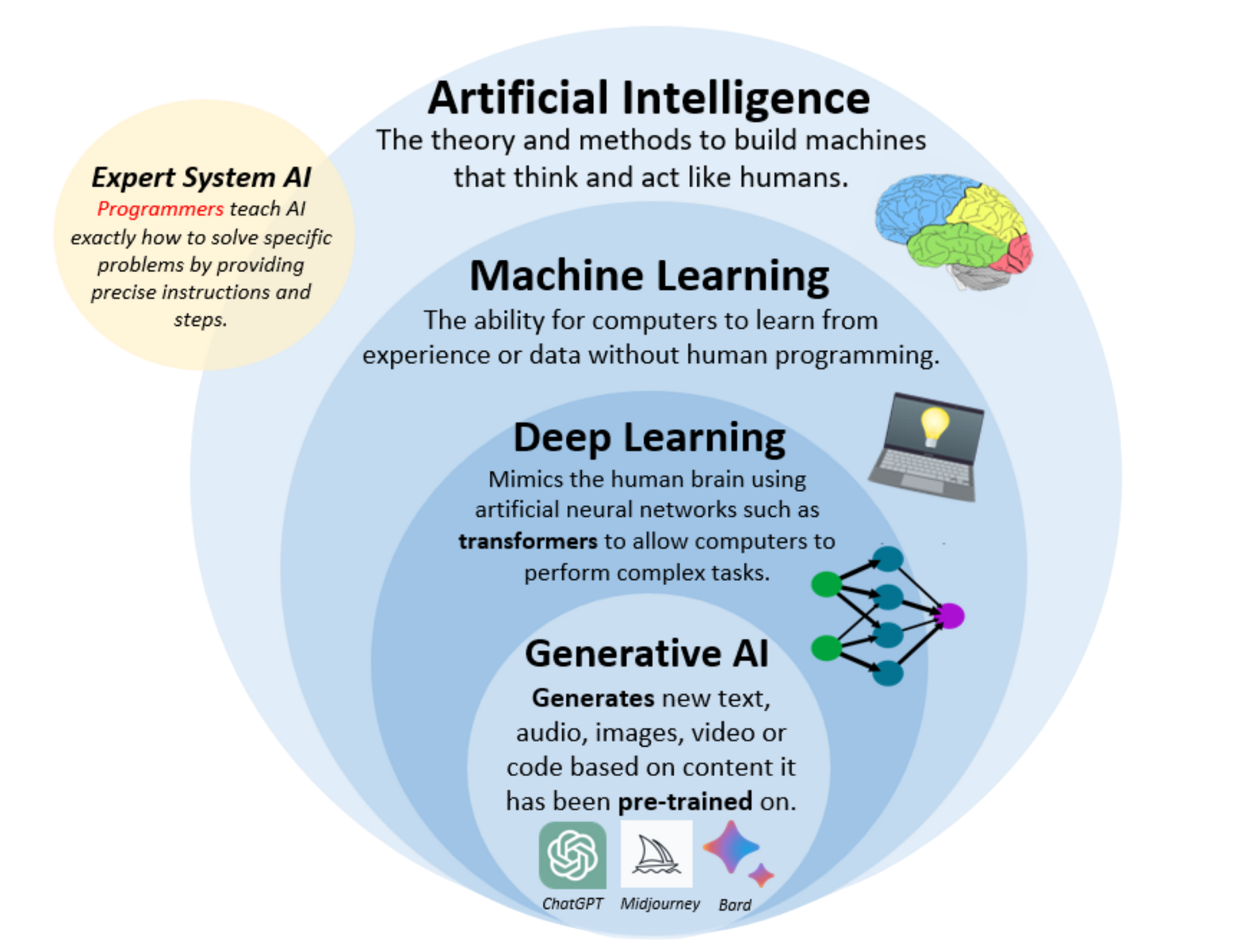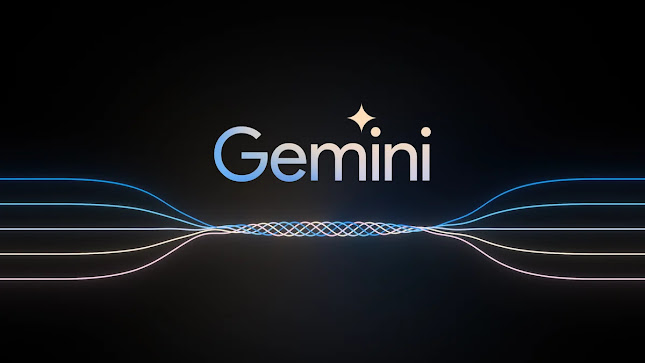Understanding the Basics of Generative AI and Its Applications
Hello everyone!
In this blog post, we will explore the fundamentals of artificial intelligence (AI), machine learning (ML), and deep learning, and then delve into the exciting world of generative AI. We will also discuss the differences between discriminative and generative models, and provide examples to illustrate these concepts.
What is AI, Machine Learning, and Deep Learning?
Artificial Intelligence (AI) is a broad field that aims to create machines capable of performing tasks that typically require human intelligence. Machine Learning (ML) is a subset of AI that focuses on building systems that can learn from data and improve their performance over time. Deep Learning (DL) is a further subset of ML, characterized by the use of neural networks with many layers.
Diagram:
AI└── ML (Machine Learning) ├── Supervised Learning ├── Unsupervised Learning └── DL (Deep Learning) ├── CNN (Convolutional Neural Networks) ├── RNN (Recurrent Neural Networks) └── Generative AISupervised vs. Unsupervised Learning
Supervised Learning
Supervised learning involves training a model on labeled data. Examples of tasks include:
- Regression: Predicting a continuous output (e.g., house prices).
- Classification: Categorizing data into predefined classes (e.g., spam detection).
- Forecasting: Predicting future values based on historical data (e.g., stock price prediction).
Unsupervised Learning
Unsupervised learning involves training a model on unlabeled data. Examples of tasks include:
- Clustering: Grouping similar data points together (e.g., customer segmentation).
- Dimensionality Reduction: Reducing the number of features while retaining important information (e.g., PCA).
Introduction to Generative AI
Diagram:
Deep Learning└── Generative AI ├── Language Models (e.g., ChatGPT) └── Image Models (e.g., DALL-E 2)Discriminative vs. Generative Models
Discriminative Models
Discriminative models are used for classification and prediction tasks. They learn the boundary between different classes in the data. Examples include:
- Image Classification: Identifying whether an image contains a cat or a dog.
- Object Detection: Detecting and classifying objects within an image.
Generative Models
Generative models create new data that resembles the training data. They learn the distribution of the data and generate new samples from this distribution. Examples include:
- Text Generation: Creating new text based on a given prompt.
- Music Generation: Creating new music based on a training dataset of musical compositions.
Example:
Discriminative Model:
- Task: Classify music genres (rock, classical, romantic) based on labeled data.
- Model: RNN, LSTM
- Output: Predicted genre (e.g., "rock")
Generative Model:
- Task: Generate new music based on a training dataset.
- Model: Generative model trained on various music genres.
- Output: New music composition.
Applications of Generative AI
Generative Language Models
Generative language models can perform various tasks, such as:
- Text Translation: Translating text from one language to another.
- Text Summarization: Summarizing long documents into concise summaries.
- Chatbots: Engaging in conversations and answering questions.
Generative Image Models
Generative image models can create new images based on textual descriptions or existing images. Examples include:
- DALL-E 2: Generating images from text descriptions.
- Image-to-Image Translation: Converting an image from one domain to another (e.g., sketches to photos).
Example:
Generative Language Model:
- Task: Write a story based on a given prompt.
- Model: ChatGPT
- Output: A new story generated based on the prompt.
Generative Image Model:
- Task: Generate an image based on a text description.
- Model: DALL-E 2
- Output: A new image created from the description.
Why is Generative AI Important?
Generative AI has become increasingly popular due to its ability to create realistic and high-quality data. It has numerous applications, including:
- Content Creation: Automating the creation of articles, stories, and marketing content.
- Design and Art: Generating new designs, artwork, and music.
- Healthcare: Creating synthetic medical data for research and training purposes.
Future of Generative AI
Generative AI is expected to continue evolving, with advancements in generating more complex and diverse data. Future applications may include:
- Advanced Chatbots: More human-like interactions and understanding.
- Automated Video Creation: Generating high-quality videos from text descriptions.
- Enhanced Virtual Reality: Creating immersive and realistic virtual environments.
Conclusion
Generative AI is a powerful subset of deep learning that enables the creation of new data. By understanding the basics and applications of generative AI, you can leverage its capabilities to build innovative solutions. Whether you are working on text generation, image creation, or other creative tasks, generative AI provides a robust framework for achieving your goals.
Stay tuned for more in-depth blogs and examples as we continue to explore the exciting world of generative AI. Thank you for reading!





Comments
Post a Comment